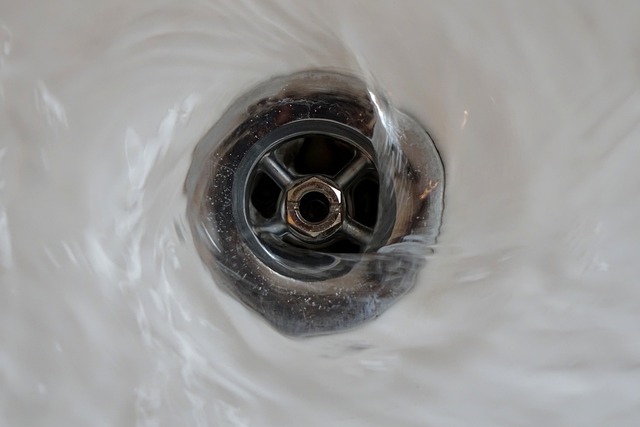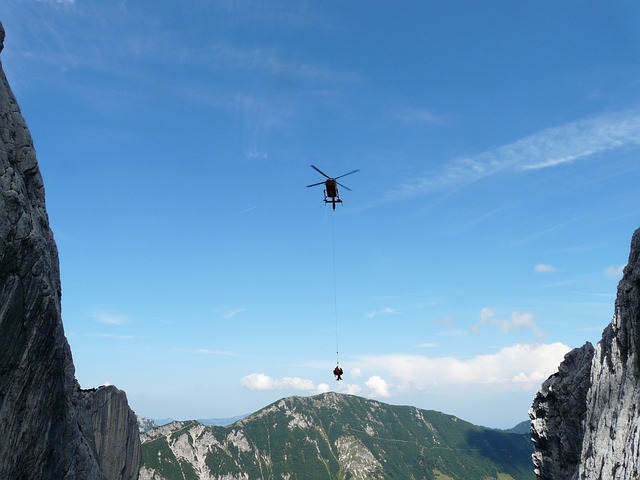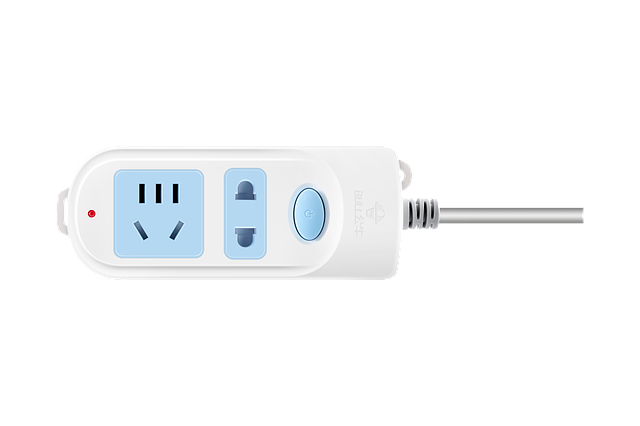Recognize subtle signs like slow drainage, gurgling, or bad odors (Signs of a Clogged Drain) to prevent plumbing emergencies and costly repairs. Unaddressed clogs risk water damage, mold growth, pipe bursts, and pest infestations. Early action on these indicators ensures smooth plumbing operation and prevents escalating issues. Prevent clogs with regular hot water flushing, avoid non-biodegradable materials, use drain covers, and try a natural baking soda & vinegar cleaning solution for stubborn cases.
Are you aware of the insidious dangers lurking within your pipes? The subtle signs of a blocked drain can signal a deeper problem, from potential water damage to health hazards. Recognize the common indicators—from gurgling noises to slow drainage—to avoid costly repairs and unsanitary conditions. This article explores the scary realities of clogged pipes and provides effective strategies for prevention and clearing drains, ensuring your home remains a safe haven.
- Recognizing the Common Signs of a Blocked Drain
- Uncovering the Potential Hazards of Clogged Pipes
- Effective Strategies for Preventing and Clearing Drain Clogs
Recognizing the Common Signs of a Blocked Drain

Many people often overlook the subtle signs that their drains are clogged until it’s too late. Recognizing the common indicators early on is crucial for avoiding costly and inconvenient plumbing emergencies. Some telltale signs include slow-draining sinks, tubs, or showers—a clear indication that something is obstructing the flow of water. This can be followed by gurgling sounds coming from drains, which suggest air being forced through a partial clog.
Another common sign is water backing up into the sink or tub instead of draining away. You might also notice an unpleasant odor emanating from your drains, indicating bacterial growth due to standing water. If you observe any of these signs, it’s important to take action promptly. Addressing clogs early can prevent more severe issues and costly repairs down the line.
Uncovering the Potential Hazards of Clogged Pipes

When left unattended, clogged pipes can lead to a range of potential hazards within your home or business. Beyond the obvious inconvenience of slow drainage and backflows, there are more sinister risks lurking beneath the surface. Unchecked clogs can cause water damage to your property, fostering mold growth and creating health hazards. In severe cases, overstretched pipes might burst, resulting in significant structural damage and costly repairs.
Moreover, clogged drains often serve as a breeding ground for harmful bacteria and pests, including roaches and rats, which can infiltrate your living spaces. The longer a clog persists, the greater the risk of these issues escalating. Recognizing the signs of a clogged drain—such as slow drainage, gurgling sounds, or foul odors—is crucial to preventing these potential hazards and ensuring the smooth operation of your plumbing system.
Effective Strategies for Preventing and Clearing Drain Clogs

Identifying the signs of a clogged drain early is key to avoiding more severe and costly plumbing issues. Pay attention to slow drains, water that backs up into other fixtures, strange noises coming from pipes, or bad odors emanating from sinks and showers. These are all red flags indicating a potential clog.
Fortunately, there are effective strategies for both prevention and clearing drain clogs. Regularly flush your drains with hot water to help dissolve grease and debris buildup. Avoid pouring cooking oil, fatty foods, or non-biodegradable materials down the sink as they can solidify and stick to pipes. Using a drain cover or catch can to capture hair and other small particles also helps prevent clogs. For stubborn clogs, try using a combination of baking soda and vinegar – pour a cup of baking soda into the drain followed by a cup of vinegar, let it fizz for 15 minutes before rinsing with hot water. This natural cleaning solution can break up many types of clogs without resorting to harsh chemicals.
Understanding the signs of a clogged drain is essential in maintaining a healthy home environment. By recognizing common indicators like slow drainage, gurgling sounds, and unusual odors, you can take proactive steps to prevent potential hazards associated with blocked pipes. Implementing effective prevention strategies, such as regular cleaning and avoiding flushing non-biodegradable items, will ensure smooth drainage and reduce the risk of costly damage. Stay vigilant, address issues promptly, and keep your pipes in top shape!
